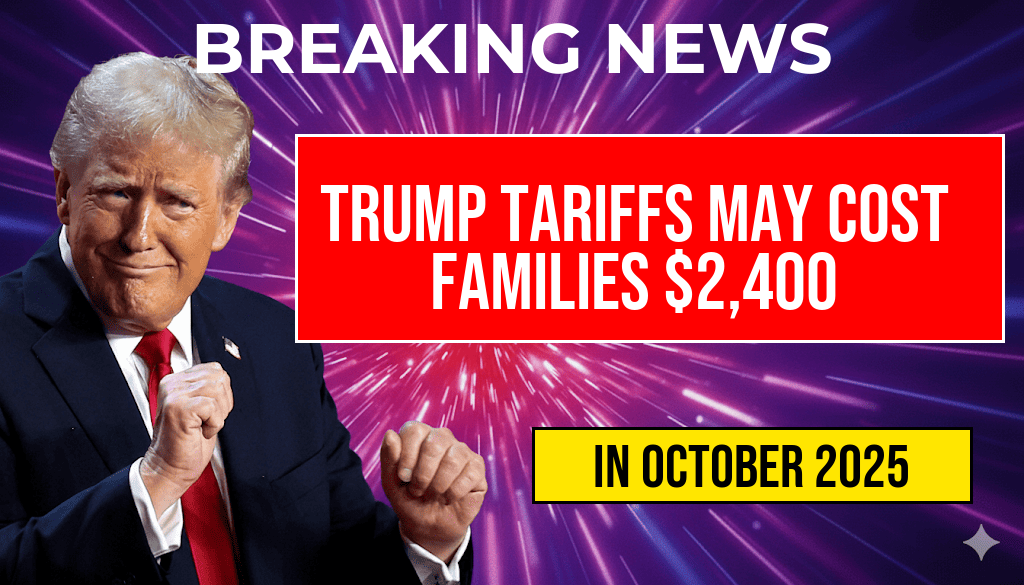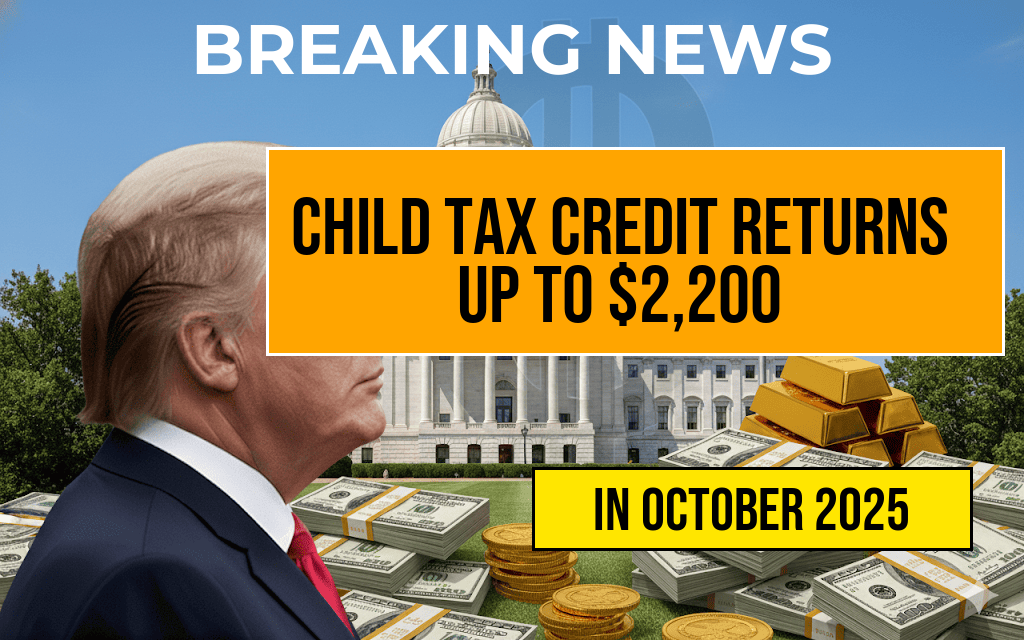Recent policy proposals and economic forecasts suggest that the middle class in the United States may face significant financial strain in the coming years, with potential reductions in average household income by approximately $1,300 in 2027. Analysts warn that a combination of tax reforms, regulatory changes, and shifting labor market dynamics could disproportionately impact middle-income earners, challenging decades of economic stability. This potential decline raises concerns about widening income inequality and the sustainability of the American middle class as a vital economic force. As policymakers grapple with balancing growth and fiscal responsibility, understanding the specific mechanisms behind this projected income dip becomes crucial for both voters and economic strategists.
Projected Economic Impact of New Policies
Tax Reforms and Their Effect on Middle-Income Households
One of the primary drivers behind the forecasted income reduction is proposed tax policy adjustments. Experts suggest that upcoming legislation, aimed at increasing government revenue, could result in higher effective tax rates for middle-income families. The proposed changes include modifications to income brackets, caps on deductions, and adjustments to child and education credits. According to economic modeling from the U.S. Congress, these reforms could reduce disposable income for middle-class households by an average of $1,300 annually by 2027.
Labor Market Shifts and Wage Stagnation
In addition to tax policy, shifts in the labor market may contribute to this income decline. Automation, offshoring, and the gig economy continue to reshape employment opportunities. While some sectors benefit from technological advancements, many middle-income workers face stagnant wages or job displacement. A recent report from Brookings Institution highlights that wage growth for middle earners has lagged behind inflation, eroding purchasing power over time. Consequently, even without policy changes, economic pressures are already narrowing the income gap.
Potential Consequences for the Middle Class
Widening Income Inequality
The forecasted decrease in average income could exacerbate existing disparities, fueling further economic polarization. Middle-class families typically serve as the backbone of consumer spending, which drives overall economic growth. A decline in income levels may lead to reduced consumption, impacting small businesses and local economies nationwide. According to Wikipedia’s overview of economic inequality in the U.S., sustained income erosion among the middle class can have long-term social and economic repercussions.
Housing, Education, and Retirement Security at Risk
Lower disposable income could also threaten critical aspects of middle-class stability, including homeownership, higher education, and retirement savings. Increased financial strain may force families to delay buying homes or investing in their children’s education. Additionally, reduced contributions to retirement accounts could compromise long-term financial security, leading to increased reliance on social safety nets in later years.
Policy Responses and Public Discourse
Balancing Fiscal Responsibility and Middle-Class Support
Lawmakers are under pressure to craft policies that promote economic growth while protecting middle-income households. Some policymakers advocate for targeted tax relief, increased minimum wages, and expanded access to affordable education and healthcare. Conversely, others emphasize the necessity of fiscal austerity measures, which risk further income compression for middle earners. The debate underscores the challenge of aligning economic policies with the needs of a broad demographic segment that has historically driven consumer demand and stability.
Community and Advocacy Group Perspectives
- Advocates argue that protecting the middle class is essential for maintaining social cohesion and economic resilience. They call for comprehensive reforms that include tax fairness, investment in workforce development, and measures to reduce healthcare costs.
- Opponents often warn against excessive taxation or regulation, citing concerns over economic growth and job creation, emphasizing that such policies could inadvertently deepen income disparities.
Looking Ahead: Economic Forecasts and Recommendations
| Scenario | Estimated Average Income Change |
|---|---|
| Current Trends Continue | -$1,300 |
| Proposed Tax Policies Implemented | -$1,500 |
| Additional Labor Market Shocks Occur | -$2,000 |
Experts advise that proactive policy adjustments, including targeted tax credits and investments in workforce retraining, could mitigate some of these projected losses. Additionally, fostering economic growth through innovation and infrastructure development remains critical for sustaining middle-class incomes. As the nation navigates these upcoming changes, transparency and inclusivity in policymaking will be vital to preserve the stability and prosperity of the American middle class.
Frequently Asked Questions
What is the main concern addressed in the article?
The article highlights the threat to the middle class posed by new policies that could potentially reduce the average income by approximately $1,300 in 2027.
How might the new policies impact the middle class income in 2027?
The new policies are projected to result in a decrease of about $1,300 in the average income of middle-class households, potentially affecting their financial stability and purchasing power.
Which policies are contributing to the potential income reduction?
The article discusses several policy changes, including tax reforms and reductions in social benefits, that are likely to lead to a decline in middle class income by 2027.
What are the possible long-term consequences for the middle class?
If these policies are implemented, the middle class could face increased financial strain, reduced savings, and diminished economic mobility, which could have broader implications for overall economic stability.
Are there any suggested measures to protect the middle class income?
The article suggests that policymakers could consider adjustments or safeguards to mitigate the income reduction, such as targeted tax relief or social support programs, to protect the middle class.










